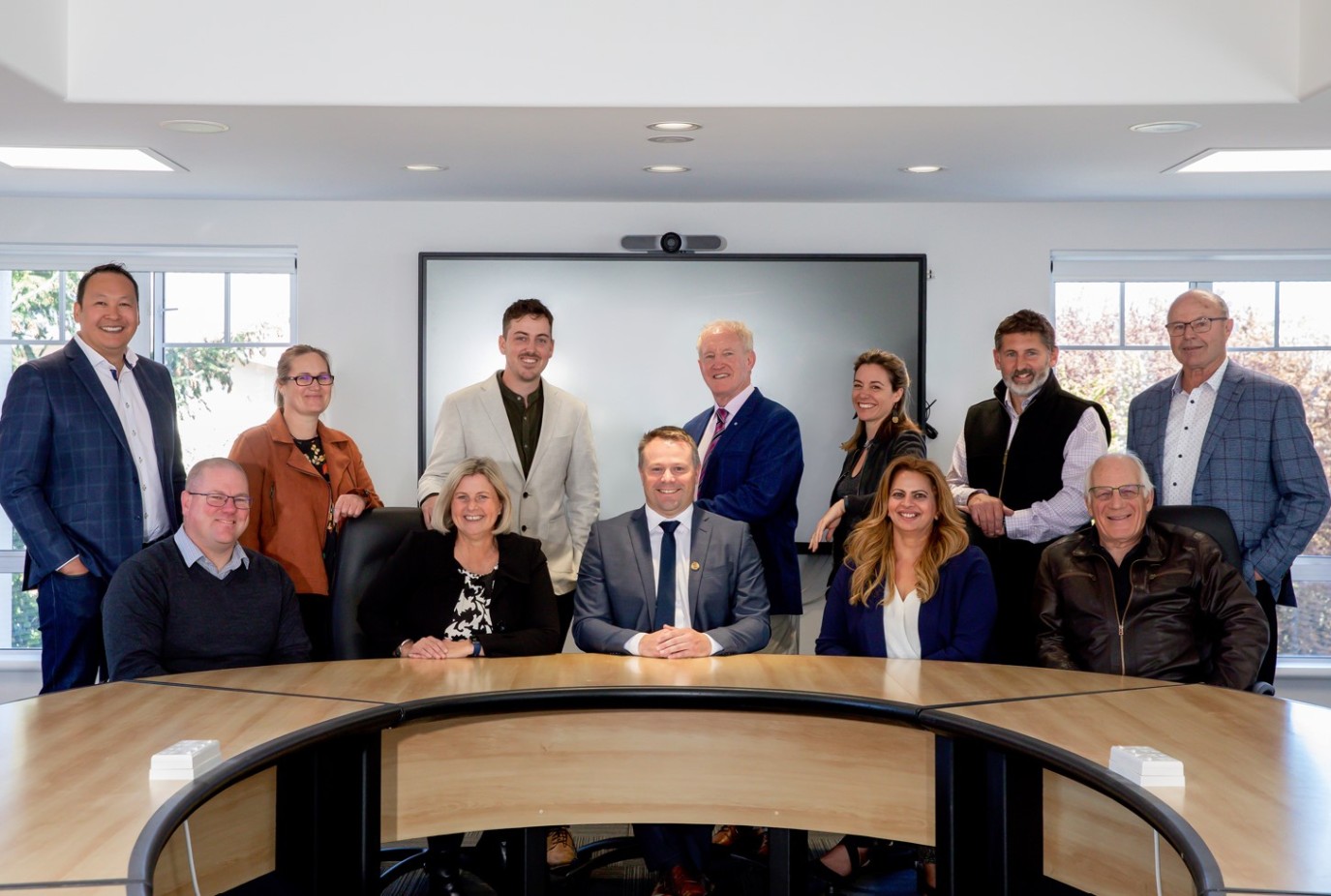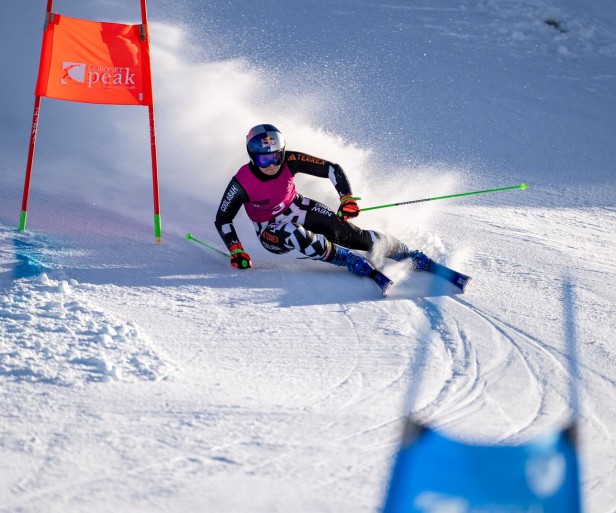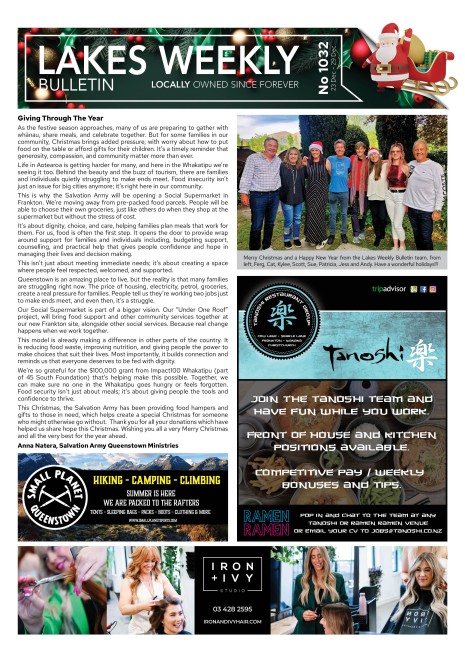Hit in the pocket - $500 please

Queenstown Lakes home owners will be stung for around $500 extra each on average later this year, with one of the highest rates rises this century.
A whopping 13.6% average increase is proposed by Queenstown Lakes District Council, which has massively increased its debt in recent years to meet the costs of crumbling infrastructure.
Under previous mayor Jim Boult, when much of the spending and debt was approved, the rates increase hovered around 4%, while before him, Vanessa Van Uden, was known for her zero-percent increases.
Clive Geddes, mayor from 2001-2010, was criticised for a 7.7% increase in 2010, not least by Van Uden herself, who labelled it "unacceptable".
Now, under mayor Glyn Lewers, who took the reins in October, Queenstowners face a 13.6% increase for 2023/24.
The impact varies across the district, depending on location, capital value and the type of property, be it residential, commercial, accommodation or other.
The percentage increases range from 8.15% to 21.24%. The dollar increases range from $282 to $29,326 (for a $71m downtown hotel).
For a typical $1 million property in the Lake Hayes or Shotover Country subdivisions, the $3000-ish rates bill will rise by around 15%, to $3450.
QLDC finance boss Stewart Burns breaks the 13.6% average increase into four chunks, in the annual plan consultation document (members of the public can now have their say on the plan and proposed rates hike, online, see below).
Some 4.5% will cover the "dramatic overall increase in interest rates in the last 12 months" - council debt sits at $627 million, almost three times its annual revenue.
Some 4.1% will cover the "record high annual inflation at 7.2% . . . coupled with growth in our operational costs to maintain service levels".
And 4% will cover high costs associated with leaky buildings settlements.
QLDC building inspectors signed off on the leaky buildings around 20 years ago, and now that the developers have gone bankrupt or wound their businesses up, the council has been left carrying the can for repairs.
Last year, council settled the claim from Oaks Shores apartments, which had claimed more than $160 million.
When councillors approved the annual plan consultation document on Thursday, deputy mayor Quentin Smith and councillor Esther Whitehead questioned Burns on what had been done to mitigate the costs to ratepayers and future risk.
Burns says council has loaned money to pay the settlement, to spread the cost over many years. So much of the 4% increase will be used to pay the interest on those loans.
It has also used the higher-than-expected Queenstown Airport divided (QLDC is the major shareholder) to repay some of the loan debt.
"If we hadn't done that, the rates impact would have been much higher, probably doubled to 8% impact."
When asked by Smith, Burns said attempting to repay the claim in a single year would "certainly not have been sustainable or acceptable", likely more than doubling people's rates bills.
Whitehead asked how they can ensure to the community that it is not going to happen again, as the law "leaves us as the last man standing".
Burns says there are another three or four leaky building claims in the works, but not at the same scale as the Oaks properties.
"That's not to say that there will not be another," he said, although there is a limitation period on when claims can be made.
He says the standards QLDC now has to meet for building inspections and consents is on a different level to what it was 20 years ago.
The remaining 1% of the 13.6% is to cover a depreciation expense.
To keep the rise down to 13.6%, QLDC has deferred dozens of capital expenditure infrastructure projects to future years, mostly related to water supply, storm water and waste water, totalling $106.7m.
It is also proposing to bring in an extra $1.9m in revenue by increasing user fees for things like dog licences, consents and leisure activities.
The draft Annual Plan is now open for submissions on the council's Let’s Talk website at: https://letstalk.qldc.govt.nz/annual-plan-2023-24








